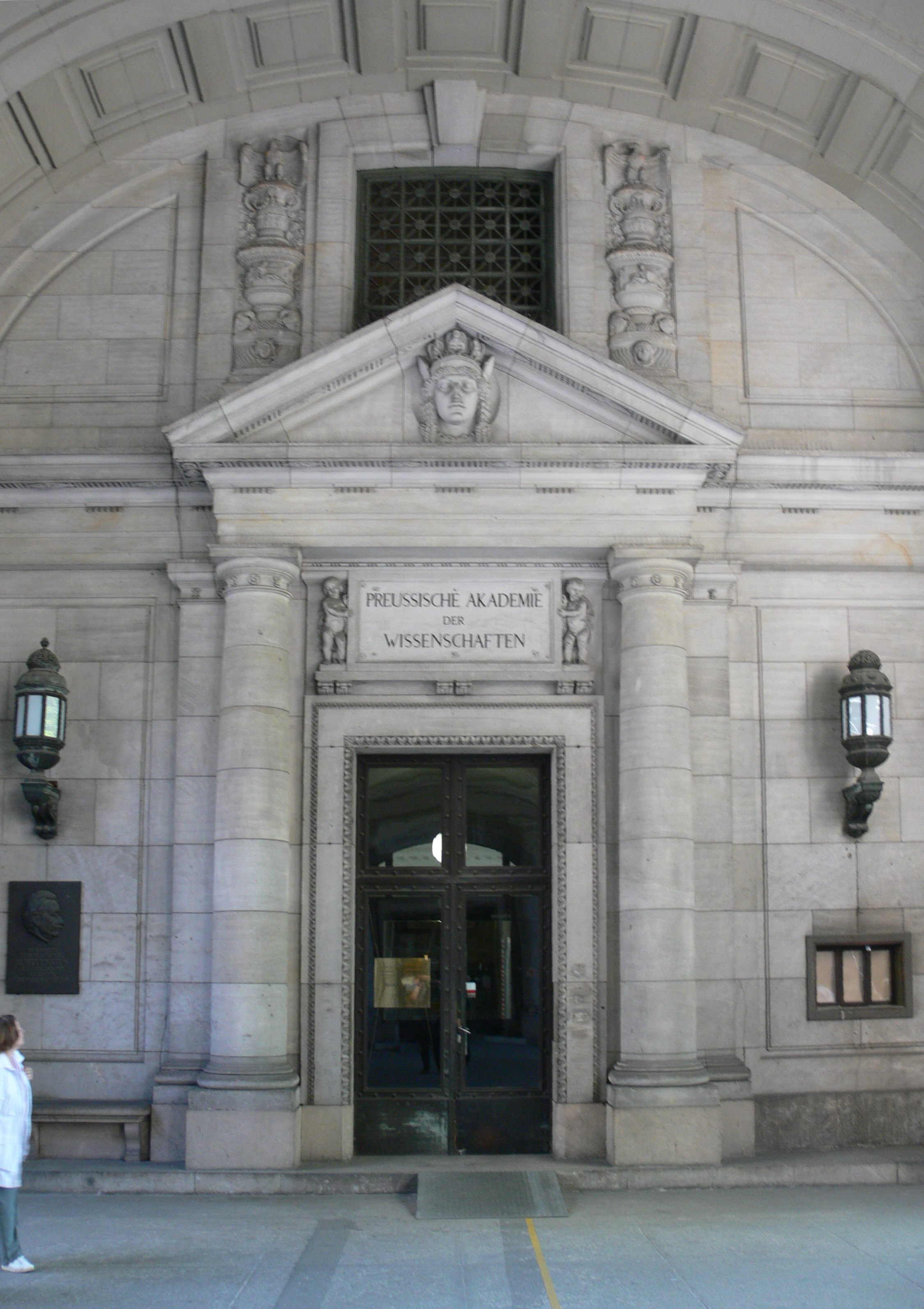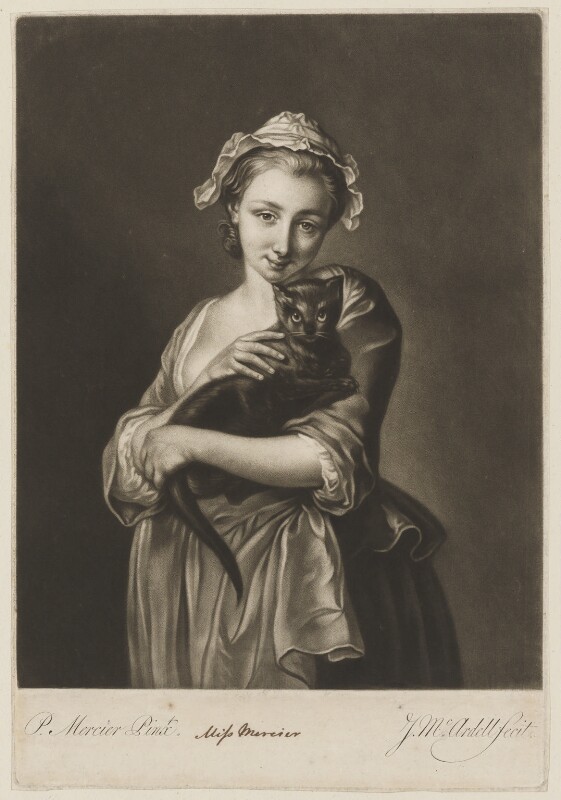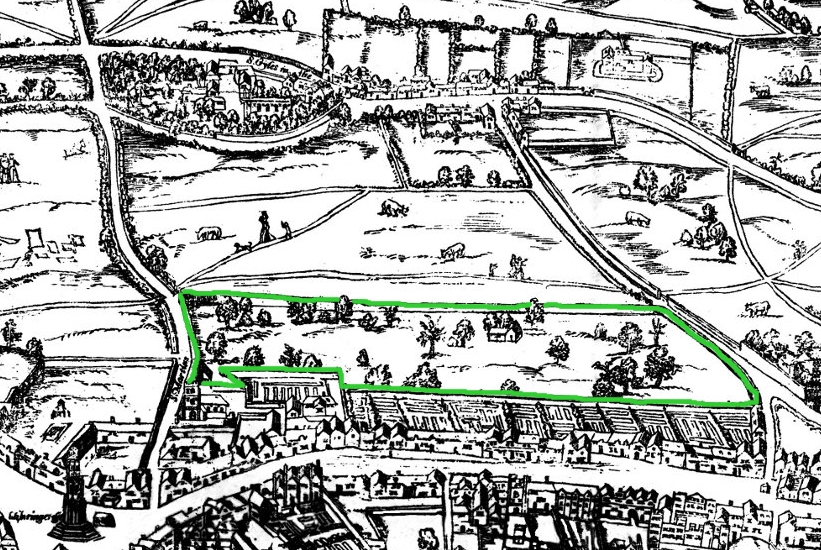|
Philip Mercier
Philippe Mercier (also spelled Philip Mercier; 1689 – 18 July 1760) was an artist of Huguenots, French Huguenot descent from the German realm of Brandenburg-Prussia (later Kingdom of Prussia), usually defined to French art, French school. Active in England for most of his working life, Mercier is considered one of the first practitioners of the Rococo style, and is credited with influencing a new generation of 18th-century English artists. Life Mercier was born in Berlin, the son of Pierre Mercier (died 1729, Dresden), a Huguenot tapestry-worker. He studied painting at the Akademie der Wissenschaften of Berlin and later under Antoine Pesne, who had arrived in Berlin in 1710. Later, he travelled in Italy and France before arriving in London—"recommended by the Court at Hannover"—probably in 1716. He married in London in 1719 and lived in Leicester Fields. He was appointed principal painter and librarian to the Frederick, Prince of Wales, Prince and Princess of Wales ... [...More Info...] [...Related Items...] OR: [Wikipedia] [Google] [Baidu] |
John Faber The Younger
John Faber the Younger (1684 – 2 May 1756) at the RKD was a Dutch portrait engraver active in London. Life Faber was born in The Hague, the son of the artist John Faber the Elder, and learned mezzotint and drawing from his father after the family's move to London. He then enrolled at the St Martin's Lane Academy. In later life Faber resided at the Golden Head in Bloomsbury Square, London, where he died of gout on 2 May 1756. From the inscription on a masonic portrait of Frederick, Prince of Wales, it appears that Faber was a Freemason himself. According to Horace Walpole, his widow, of whom there is an engraving by Faber from a portrait by Thomas Hudson (painter), Thomas Hudson, remarried a lawyer of the name of Smith.Works Faber concentrated on mezzotints and was pro ...[...More Info...] [...Related Items...] OR: [Wikipedia] [Google] [Baidu] |
Akademie Der Wissenschaften Of Berlin
The Berlin-Brandenburg Academy of Sciences and Humanities (), abbreviated BBAW, is the official academic society for the natural sciences and humanities for the German states of Berlin and Brandenburg. Housed in three locations in and around Berlin, Germany, the BBAW is the largest non-university humanities research institute in the region.BBAW Introduction retrieved 06-21-2012. The BBAW was constituted in 1992 by formal treaty between the governments of Berlin and Brandenburg on the basis of several older academies, including the historic Prussian Academy of Sciences from 1700 and 's [...More Info...] [...Related Items...] OR: [Wikipedia] [Google] [Baidu] |
Paris
Paris () is the Capital city, capital and List of communes in France with over 20,000 inhabitants, largest city of France. With an estimated population of 2,048,472 residents in January 2025 in an area of more than , Paris is the List of cities in the European Union by population within city limits, fourth-most populous city in the European Union and the List of cities proper by population density, 30th most densely populated city in the world in 2022. Since the 17th century, Paris has been one of the world's major centres of finance, diplomacy, commerce, culture, Fashion capital, fashion, and gastronomy. Because of its leading role in the French art, arts and Science and technology in France, sciences and its early adoption of extensive street lighting, Paris became known as the City of Light in the 19th century. The City of Paris is the centre of the Île-de-France region, or Paris Region, with an official estimated population of 12,271,794 inhabitants in January 2023, or ... [...More Info...] [...Related Items...] OR: [Wikipedia] [Google] [Baidu] |
Louvre
The Louvre ( ), or the Louvre Museum ( ), is a national art museum in Paris, France, and one of the most famous museums in the world. It is located on the Rive Droite, Right Bank of the Seine in the city's 1st arrondissement of Paris, 1st arrondissement (district or ward) and home to some of the most Western canon, canonical works of Art of Europe, Western art, including the ''Mona Lisa,'' ''Venus de Milo,'' and ''Winged Victory''. The museum is housed in the Louvre Palace, originally built in the late 12th to 13th century under Philip II of France, Philip II. Remnants of the Medieval Louvre fortress are visible in the basement of the museum. Due to urban expansion, the fortress eventually lost its defensive function, and in 1546 Francis I of France, Francis I converted it into the primary residence of the French kings. The building was redesigned and extended many times to form the present Louvre Palace. In 1682, Louis XIV chose the Palace of Versailles for his househ ... [...More Info...] [...Related Items...] OR: [Wikipedia] [Google] [Baidu] |
St James Workhouse
The St James Workhouse opened in 1725 on Poland Street in the Soho area of London, England, in what was then the parish of Westminster St James, and continued well into the nineteenth century. Higginbotham conjectured that the infirmary at St James Workhouse was the one referred to in the American song "St. James Infirmary Blues", on the basis that that song dates from 'at least the early 19th century'. Inhabitants included the painter Charlotte Mercier, who died there in 1762.Profile of Claude Mercier in the ''Dictionary of Pastellists Before 1800''. The site of the workhouse is now the Q Park parking garage, occupying the space between Poland Street and Marshall Street.'The burial ground and workhouse', Survey of London: volumes 31 and 32: St James Westminster, Part 2 (1963), pp. 209-218. URL: ht ... [...More Info...] [...Related Items...] OR: [Wikipedia] [Google] [Baidu] |
Charlotte Mercier
Charlotte Mercier (1738–1762) was a French painter and printmaker active in London. Mercier, born in London, was the daughter of the artist Philippe Mercier, with whom she studied; a 1738 record of her baptism records her parents' names as Philip and Dorothy. She is said to have turned to a dissolute life after some early success as an artist. An appeal from her mother was read to the Society of Artists in 1761, but she nevertheless died in the St James Workhouse in Westminster the following year.Profile of Claude Mercier in the ''Dictionary of Pastellists Before 1800''. Two portraits, of ''Madeleine Marie Agathe Renée de la Bigotière de Perchambault'' and of ''Olivier-Joseph Le Gonidec'', are in the collection of the [...More Info...] [...Related Items...] OR: [Wikipedia] [Google] [Baidu] |
Fake Or Fortune?
''Fake or Fortune?'' is a BBC One documentary television series which examines the provenance and attribution of notable artworks. Since the first series aired in 2011, ''Fake or Fortune?'' has drawn audiences of up to 5 million viewers in the UK, the highest for an arts show in that country. ''Fake or Fortune?'' was created by art dealer and historian Philip Mould, together with producer Simon Shaw. It was inspired by Mould's 2009 book ''Sleuth'', after which the programme was originally to be entitled. It is co-presented by Mould and journalist Fiona Bruce, with specialist research carried out by Bendor Grosvenor during the first five series. Forensic analysis and archival research is carried out by various fine art specialists. Each series first aired on BBC One, except for series 3, which was shown mistakenly on SVT in Sweden before being broadcast in the UK. Format In each episode Philip Mould and Fiona Bruce focus their attention on a painting (or a group of pai ... [...More Info...] [...Related Items...] OR: [Wikipedia] [Google] [Baidu] |
BBC Television
BBC Television is a service of the BBC. The corporation has operated a Public service broadcasting in the United Kingdom, public broadcast television service in the United Kingdom, under the terms of a royal charter, since 1 January 1927. It produced television programmes from its own studios from 1932, although the start of its regular service of television broadcasts is dated to 2 November 1936. The BBC's domestic television channels have no commercial advertising and collectively they accounted for more than 30% of all UK viewing in 2013. The services are funded by a television licence. As a result of the 2016 Licence Fee settlement, the BBC Television division was split, with in-house television production being separated into a new division called BBC Studios and the remaining parts of television (channels and genre commissioning, BBC Sport and BBC iPlayer) being renamed BBC Content. History of BBC Television The BBC operates several television networks, television stati ... [...More Info...] [...Related Items...] OR: [Wikipedia] [Google] [Baidu] |
Portugal
Portugal, officially the Portuguese Republic, is a country on the Iberian Peninsula in Southwestern Europe. Featuring Cabo da Roca, the westernmost point in continental Europe, Portugal borders Spain to its north and east, with which it shares Portugal-Spain border, the longest uninterrupted border in the European Union; to the south and the west is the North Atlantic Ocean; and to the west and southwest lie the Macaronesia, Macaronesian archipelagos of the Azores and Madeira, which are the two Autonomous Regions of Portugal, autonomous regions of Portugal. Lisbon is the Capital city, capital and List of largest cities in Portugal, largest city, followed by Porto, which is the only other Metropolitan areas in Portugal, metropolitan area. The western Iberian Peninsula has been continuously inhabited since Prehistoric Iberia, prehistoric times, with the earliest signs of Human settlement, settlement dating to 5500 BC. Celts, Celtic and List of the Pre-Roman peoples of the Iberia ... [...More Info...] [...Related Items...] OR: [Wikipedia] [Google] [Baidu] |
York
York is a cathedral city in North Yorkshire, England, with Roman Britain, Roman origins, sited at the confluence of the rivers River Ouse, Yorkshire, Ouse and River Foss, Foss. It has many historic buildings and other structures, such as a York Minster, minster, York Castle, castle and York city walls, city walls, all of which are Listed building, Grade I listed. It is the largest settlement and the administrative centre of the wider City of York district. It is located north-east of Leeds, south of Newcastle upon Tyne and north of London. York's built-up area had a recorded population of 141,685 at the 2021 United Kingdom census, 2021 census. The city was founded under the name of Eboracum in AD 71. It then became the capital of Britannia Inferior, a province of the Roman Empire, and was later the capital of the kingdoms of Deira, Northumbria and Jórvík, Scandinavian York. In the England in the Middle Ages, Middle Ages it became the Province of York, northern England ... [...More Info...] [...Related Items...] OR: [Wikipedia] [Google] [Baidu] |
Covent Garden
Covent Garden is a district in London, on the eastern fringes of the West End, between St Martin's Lane and Drury Lane. It is associated with the former fruit-and-vegetable market in the central square, now a popular shopping and tourist site, and with the Royal Opera House, itself known as "Covent Garden". The district is divided by the main thoroughfare of Long Acre, north of which is given over to independent shops centred on Neal's Yard and Seven Dials, while the south contains the central square with its street performers and most of the historical buildings, theatres and entertainment facilities, including the London Transport Museum and the Theatre Royal, Drury Lane. The area was fields until briefly settled in the 7th century when it became the heart of the Anglo-Saxon trading town of Lundenwic, then abandoned at the end of the 9th century after which it returned to fields. By 1200 part of it had been walled off by the Abbot of Westminster Abbey for use as arabl ... [...More Info...] [...Related Items...] OR: [Wikipedia] [Google] [Baidu] |
John Ellys
John Ellys or Ellis (March 1701 – 14 September 1757) was an English portrait-painter. Life Ellys was born in March 1701. When he was about fifteen years old, he was placed for instruction under Sir James Thornhill. After a short time he took instruction under Johann Rudolph Schmutz; he also remained under Schmutz only a short time. He subsequently became an imitator of John Vanderbank and was a student with William Hogarth and others in the academy that Louis Chéron and Vanderbank founded in October 1720 in St Martin's Lane. After a few years Ellys and Hogarth succeeded to the directorship of this St Martin's Lane Academy, and maintained their connection with it for about thirty years. When he was still young Ellys obtained a warrant to copy pictures in the royal palaces for study, and copied several pictures by Anthony van Dyck, Godfrey Kneller, Peter Lely, and others. Of the Kneller school of portrait-painting, he disliked the innovations of Sir Joshua Reynolds. He even ... [...More Info...] [...Related Items...] OR: [Wikipedia] [Google] [Baidu] |





